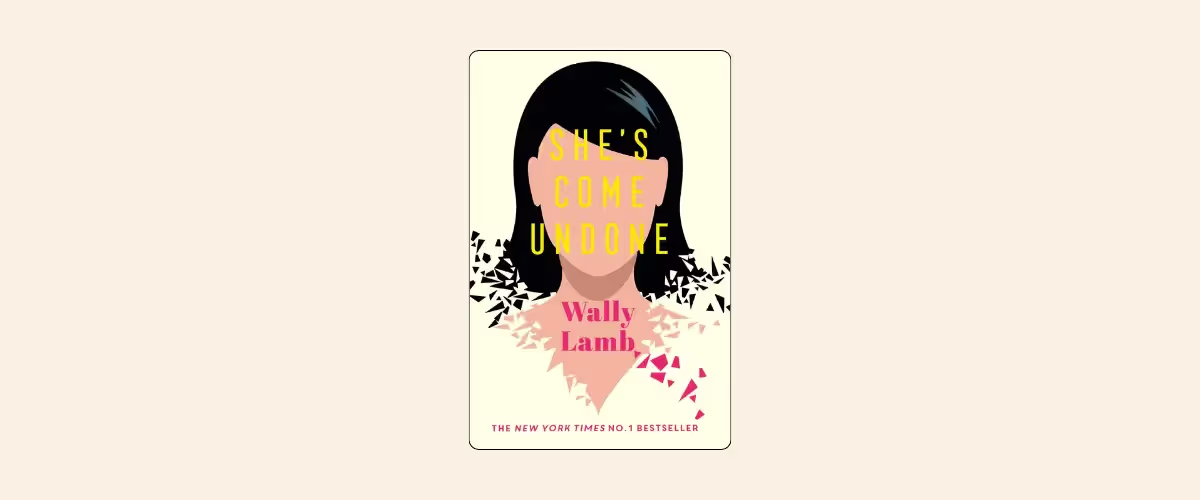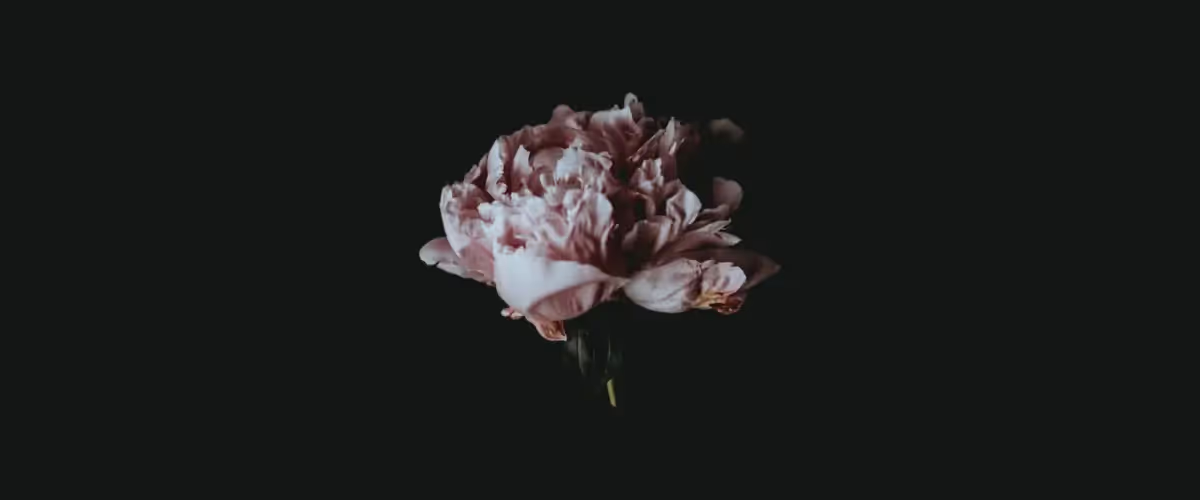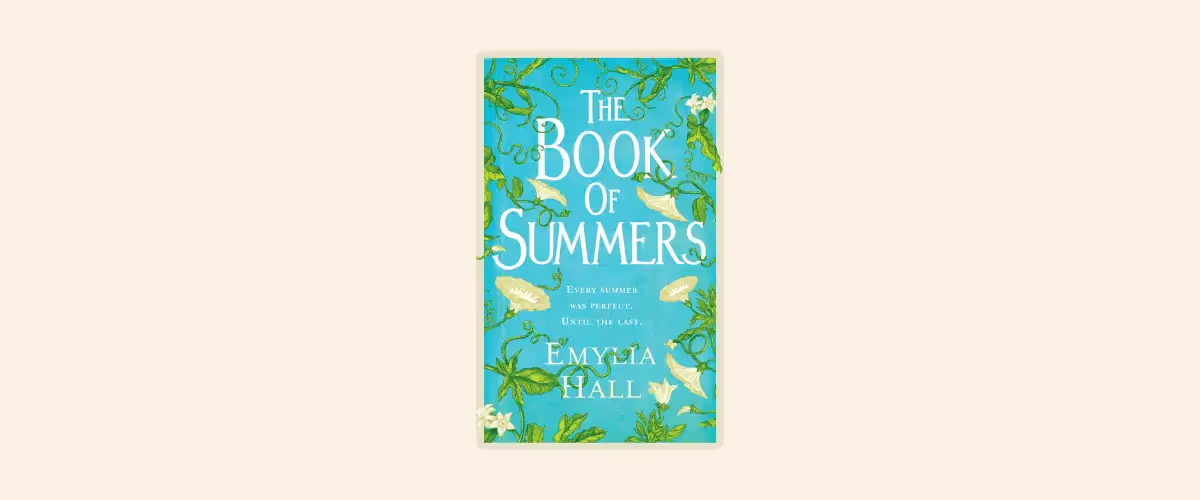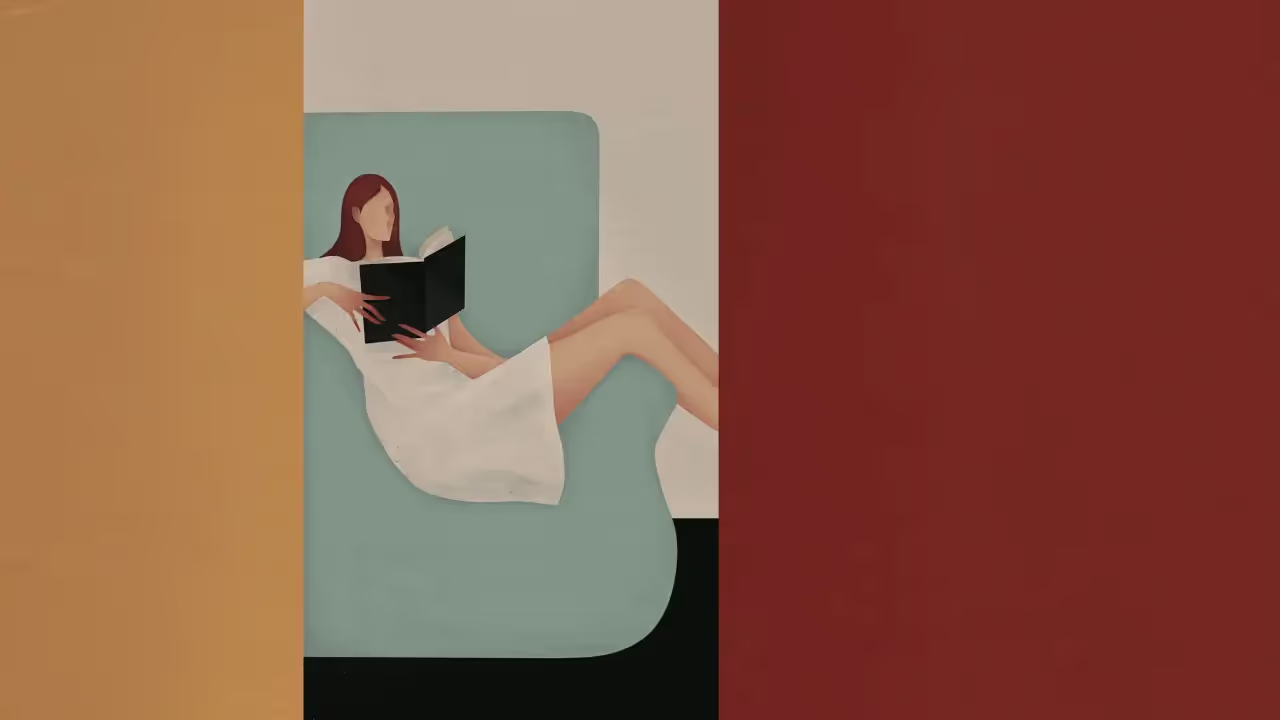Are you perplexed by the vagueness of the term ‘women’s fiction’?
Readers increasingly use alternative terms, such as ‘book club,’ ‘relationship fiction,’ or ‘emotional journey fiction,’ and you’re more likely to see some of these pop up as genre categories when you browse for books on Amazon. However, internally at big publishing companies and among some literary agents, we still hear the term ‘women’s fiction.’
But what is it, and are you writing it?
Romance writers taking classes at The Novelry often ask us if their books can be shelved under women’s fiction, so, in this article, Gina Sorell has assembled our team of in-house romance editors and published authors to offer their perspectives on the genre’s often nebulous definition. Gina defines the genre, explores the nuances of the label ‘women’s fiction,’ and evaluates its value.
Gina Sorell is the author of The Wise Women, a New York Times Book Review Editors’ Choice, Good Morning America Buzz Book, and People Magazine Best New Book Pick. Her debut novel, Mothers and Other Strangers, was a Refinery29 and Self Magazine Best Book Pick of 2017, a Great Group Read, and an Indigo Best For Book Clubs selection. She coaches women’s and contemporary fiction at The Novelry.

Defining women’s fiction
What is women’s fiction?
At first glance, the answer seems fairly straightforward: fiction by women, for women, about issues and themes that affect women. But it’s actually much more complicated—and loaded—than that.
For example, is women’s fiction only for women, and does it have to be written by women to have this classification? It depends on who you ask.
One of my favorite coming-of-age books about a teenage girl entering adulthood and struggling with self-acceptance, She’s Come Undone, was written by Wally Lamb. Dealing with themes of love, pain, resilience, and renewal, his debut novel was a sensation and was translated into 18 languages, becoming a New York Times Notable Book of the Year and an Oprah’s Book Club Pick. But I doubt that anyone would call Mr. Lamb a women’s fiction writer; that designation seems reserved for women writers.

Does women’s fiction need a female protagonist?
So, what about the protagonist? Does the main character have to be female?
The Women’s Fiction Writers Association suggests that, for a novel to be deemed women’s fiction, the plot must be driven by the main character’s emotional journey.
What if a novel has multiple points of view (POVs), and one of those characters is male? Does that disqualify it from being women’s fiction?
Then there is the obvious statement that not all women are alike, and to assume we all are concerned with the same things is not only obtuse but limiting.
I write this as someone whose work has received the women’s fiction label. It was a label that, at first, I chafed at, because in some circles it carries the implication that the work doesn’t merit the seemingly more prestigious labels of literary fiction (very intelligent!), book club fiction (popular picks with lots to discuss), Up Lit (smart—and commercial), or commercial fiction (bring on the bestsellers). As if the issues I’m writing about—current, accessible, relatable—are somehow less demanding to write about or less worthy of exploration.
Controversy surrounding the term women’s fiction
It’s hard not to feel that the label of my genre comes with a pat on the head and a patronizing smile. Or, worse, the scorn of someone like renowned literary writer Jeanette Winterson, who railed against the rebranding of her backlist and the accompanying blurbs of fellow authors making her novels look like ‘wimmins fiction of the worst kind.’
I understand the wish to market our books in a way that reflects what we believe is on the page, and it’s worth noting that after she burned them and posted about it on social media, her publisher changed the covers—but ‘the worst kind of women’s fiction’? That’s a dig that says more than Winterson might have intended.
True, it’s not hard to imagine what she might be referring to—pastels of women looking wistfully into the distance, gauzy dresses floating on hangers by windows framing backdrops of flowers and the ocean—the kind of covers we’ve all seen and have come to associate with the genre. But, as it happens, I have flowers on both of my covers—my choice.

In my debut, Mothers and Other Strangers, the striking protea is beautiful in form and color, but the native flower of South Africa was chosen for more than its attractiveness. While exquisite in appearance, it is prickly to the touch, its many petals concealing a strikingly complex interior—just like the estranged South African mother that my protagonist struggles to understand.
In short, there is more than first meets the eye, which is also true of women’s fiction.
While I’m not looking to burn any books here, I am interested in fanning the flames of this hotly debated category. And in honoring my point that not all women are alike, I asked my brilliant coaching and editing colleagues at The Novelry for their thoughts on this genre and what defines it.
.avif)
Common topics in women’s fiction and relationship fiction
Editor and author of romance novels Gillian Holmes had this to say:
One of the things that almost all women’s fiction explores is life change—whether divorce; death of partner, parent, or child; birth of a child; or job loss. Relationships are also front and center of these books: sometimes romantic, but more often, these books tend to explore friendships and family relationships. So, the highest stakes tend to be emotional rather than external.
Some might think that the main character (MC) should be female, but authors like Nicholas Sparks, Mike Gayle, and Nick Alexander (and many more, no doubt!) have demonstrated that a male MC is just as relevant. Although, interestingly, these authors frequently have female MCs. But they also do quite a lot of dual narratives.
Historically, I think it was called women’s fiction because the conflicts and stakes are emotional and the settings are domestic, and the market perception is that this sort of story appeals more to women than men, so they market them very specifically to women. It’s a stereotype, but there is truth in it. Personally, though, I think it’s time to find another label!
—Gillian Holmes
I love what Gillian says and agree on the themes and relationships she calls out. It’s a brilliant observation that these novels deal with change, whether our character is on the precipice, in progress, or amid the fallout of change.
I think that is something we can all relate to, and relatability is something I focus on in my work. There is so much that can divide us, but my belief is that there is more that unites us, and I want my fiction to explore universality through my own contemporary-urban-residing-professional-working-woman-main-character lens.
.avif)
U.S. vs U.K. publishers on women’s fiction
Nic Caws, editor of romance, women’s fiction, and historical fiction at The Novelry, offered her perspective on the women’s fiction label:
I don’t like the label either, but what I do like about it is that it conjures up a more specific idea of what the book will deal with than just the unwieldy mass of contemporary fiction, which is just so broad as a label that it risks losing meaning.
I know it differs in the U.S. and U.K. markets, and I’m sure this is based on the way publishing markets and talks about these books, but in my mind, women’s fiction means something on the more commercial end, grounded in real-life, relatable changes and dilemmas. I would describe books that deal with similar topics but on the more upmarket end as book club fiction or literary fiction.
I crave something like the equivalent of a ‘sitcom’ or ‘family drama’ on TV to describe these novels. Adjusting-to-change-and- somehow-coming-out-okay-on-the-other-end fiction just doesn’t have the same ring!
—Nic Caws
Relatability and women’s fiction
‘Relatable.’ That’s something that I often hear about my own work.
After all, we may not all live in an urban center, but we all have families, childless characters still have parents, and single people still worry about paying their bills and navigating the elusive work-life balance. We all want to matter to someone, to love and be loved, and to belong, no matter where we are and at what station of life we find ourselves.
Nic Caws made a great point about the differences in the U.K. and U.S. markets, which literary fiction and women’s fiction writer Tara Conklin had some good insights about:
I think Nic’s point regarding the difference in U.S./U.K. markets and Canada is a really good one. In my experience, I don’t hear the term ‘women’s fiction’ much anymore. Perhaps because the term was used historically to mark books as less deserving of acclaim, publicity dollars, awards, etc.
I agree fully with what Gillian said about what the term means content-wise: relationships, emotion, etc. But these are also the subjects of virtually every great, amazing novel written and read by men and women.
That is a fact. Meg Wolitzer, another favorite author of mine, has written about the women’s fiction debate at length, revisiting the topic in a much-discussed New York Times article in 2021.
She writes:
If The Marriage Plot, by Jeffrey Eugenides, had been written by a woman yet still had the same title and wedding ring on its cover, would it have received a great deal of serious literary attention? Or would this novel (which I loved) have been relegated to ‘Women’s Fiction,’ that close-quartered lower shelf where books emphasizing relationships and the interior lives of women are often relegated?
—Meg Wolitzer
I greatly admire Meg Wolitzer’s writing. I’d classify her novels as literary with broad commercial appeal. One could even say they are Up Lit and, given what they explore, women’s fiction. But this idea of classification after that fact bears considering.
Could it be that women’s fiction is a term that is used by publishers to focus on how best to market a book more than how the book is written? Having received this label myself, I think so. At the same time, I titled my novels Mothers and Other Strangers and The Wise Women, putting women front and center.
{{blog-banner-6="/blog-banners"}}
Is the women’s fiction label just a marketing tool?
Here’s what author and coach Emylia Hall had to say:
I wrote my first novel, The Book of Summers, with very little understanding of genre—I simply wrote the book I wanted to read. Upon publication, it was variously dubbed ‘literary-commercial crossover,’ ‘contemporary fiction,’ ‘upmarket women’s fiction,’ and ‘women’s fiction.’ It went on to be selected as a Richard and Judy Book Club pick... So perhaps that made it Book Club, too?
More than a decade on, I’m not sure I’m that much clearer. I simply know that I told the story that I wanted to tell. Too blithe? Maybe. Because where genre matters, I think, is how a publisher goes on to package your novel, including the design cues on the cover. And how a reader might then respond to it, based on their experience of it against their expectations.
—Emylia Hall
Now that I’m writing crime and have a new publisher, my previous novels are listed in the opening pages of my new novels as ‘women’s fiction.’ It gave me pause when I first saw the page proofs, but then I thought: what else could it say, to differentiate those four earlier books from my current crime series? Not ‘contemporary fiction’ or even just ‘fiction,’ as the lines of separation aren’t clearly drawn enough... So, ‘women’s fiction’ it is.

The importance of genre
I think a lot of us start writing with the belief that good storytelling is the only thing. This isn’t to negate the importance of genre or the necessity of understanding it, but rather, the importance of writing the stories we want to write, the way we want to write them.
Some stories are easier to categorize than others. A book about a serial killer is probably going to find itself in the crime and suspense section of the bookstore—even if it is written by a woman.
The idea of what-should-I-call-this-book-so-let’s-call-it-women’s-fiction, while not rolling off the tongue, is a valid one—especially in the age of the algorithm where so many of us get our book recommendations.
I did a Google search entitled best women’s fiction books and had a list of Amazon’s Top 100 in a second. The authors included Danielle Steele, Jodi Picoult, Kristin Hannah, and Barbara Kingsolver, to name a few. All of them are accomplished and wildly popular, but they are also very different writers.

So, maybe the term really has migrated from authors to publishers and now onto marketers and distributors? Our editor, Elizabeth Kulhanek, thought so:
I agree with Tara that I don’t hear the term ‘women’s fiction’ quite as much anymore in the U.S. To be honest, I didn’t use it at all as an editor because I didn’t want my titles to be pigeonholed, dismissed, or given the typical ‘women’s fiction’ cover treatment. Instead, I leaned on the terms upmarket, book club, or commercial, depending on the book.
On a personal level, I’ve always been irritated by the fact that we have an entire genre that—at least on the surface—lumps all women into one category as if women don’t read broadly across genres and subject matter. Since there is no equivalent of ‘men’s fiction’ (setting aside the false binary of women/men), I never used the term ‘women’s fiction’ if it could be helped.
I think that in 2025, we can do better to describe this genre. If Jonathan Franzen and Jeffrey Eugenides don’t need a separate genre beyond literary, upmarket, or book club fiction to describe their novels, then I’m not convinced other authors do either.
—Elizabeth Kulhanek
Hear, hear!
Personally, I feel validated by what Elizabeth concludes. In light of all of this discussion, I would offer that I am proud to be writing women’s fiction. To do so is to write about the things that matter to us, things we can all relate to that are relevant to our everyday existence, exploring issues and themes that not only affect us but shape our lives and the lives of those closest to us.
To write women’s fiction is to write about life in all its complicated, messy, emotional glory, to demystify the innermost parts of ourselves, and to elevate the most basic and mundane. It is an exploration and celebration of life with the understanding that even the most ordinary of subjects can be extraordinary when taken seriously.
Welcome home, writers. Join us on the world’s best creative writing courses to create, write, and complete your book. Sign up and start today.

.avif)

.avif)
.webp)
.avif)
.avif)